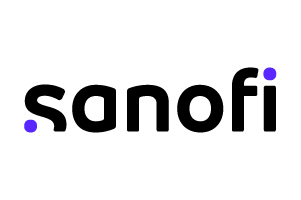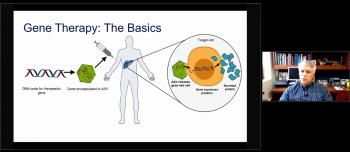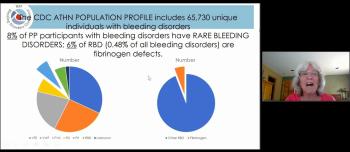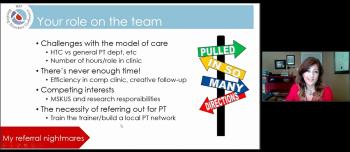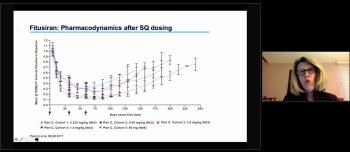Clotting Cascade 3D Video
Come along on a 3D adventure in this video about how blood clots when there is a bleed or injury. The 3D animation in this video shows each of the proteins (called clotting factors) and different pathways the body uses as part of the clotting cascade. This first video in the series prepares you for future videos on how different treatments (hemostatic agents) for bleeding disorders work within the clotting cascade.
Factors in the Clotting Cascade
The clotting process is run by special proteins we call clotting factors. These factors team up to stop bleeding. Let's get to know each one before we see how they all work together.
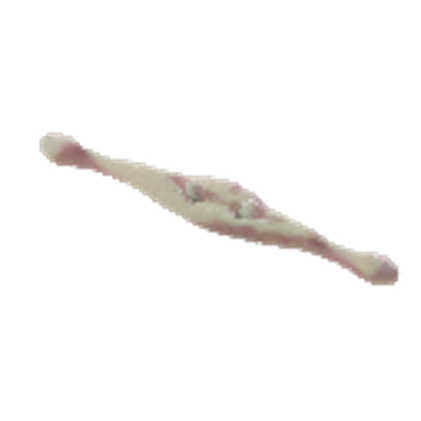 |
Factor 1(I) (Fibrinogen): This turns into sticky stuff called fibrin. Fibrin catches red blood cells and platelets to make a fibrin clot. We find this factor in the common pathway. |
|
Factor 2(II) (Prothrombin): When activated, it changes into thrombin, which later helps fibrinogen become fibrin. We find this factor in the common pathway. |
|
|
Tissue Factor [Factor 3(III)]: It's like a switch that starts the job of clotting when you bleed. It's outside the blood in body tissues and kicks off clotting when there is damage. It starts the extrinsic pathway. |
|
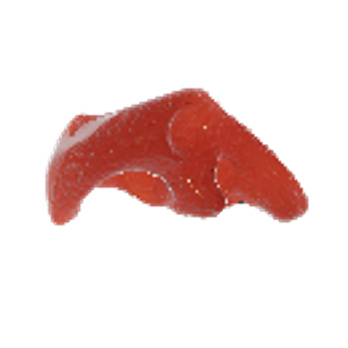 |
Factor 5(V): It joins with factor 10(X) in the common pathway to change prothrombin into thrombin. |
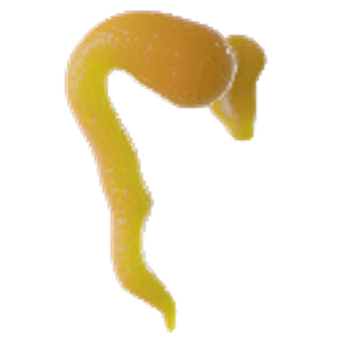 |
Factor 7(VII): It joins with tissue factor to start the clotting process in the extrinsic pathway. |
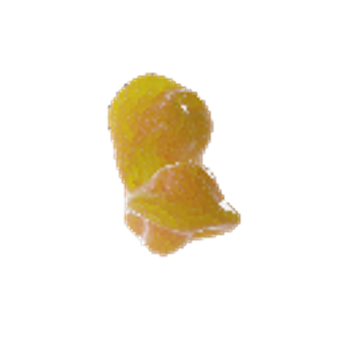 |
Factor 8 (VIII): It's a helper. It bonds with factor 9(IX). Without factor 8(VIII), factor 9(IX) can't do its job well. When factor VIII(8) and factor IX(9) bond together, they can activate factor 10(X). We find factor VIII(8) in the intrinsic pathway |
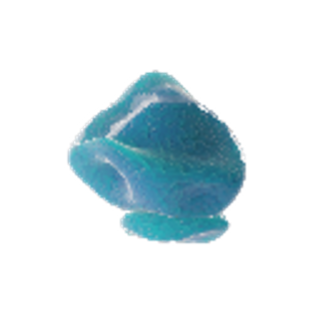 |
Factor 9(IX): It teams up with factor 8(VIII) to activate factor 10(X). Without it, clotting can't go on. We find factor 9(IX) in the intrinsic pathway. |
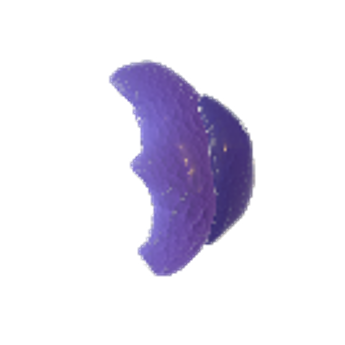 |
Factor 10(X): Activating factor 10(X) starts the common pathway. Once activated, factor X(10) helps change factor 2(II) (prothrombin) into thrombin. |
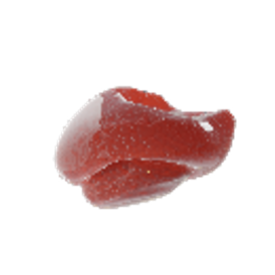 |
Factor 11(XI): This factor starts the intrinsic pathway and when it's activated, it helps activate factor 9(IX). |
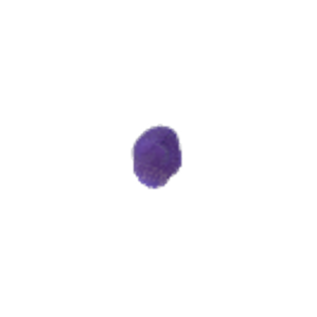 |
Factor 13(XIII): Once the fibrin clot is made, factor 13(XIII) makes sure it's strong and doesn't fall apart. We find factor 13(XIII) in the common pathway. |
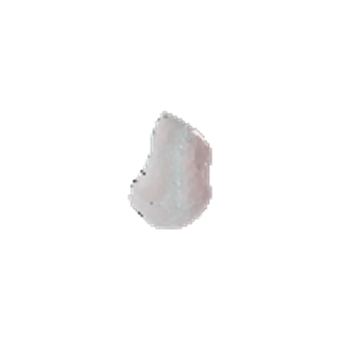 |
von Willebrand factor (vWF): von Willebrand factor secures factor 8(VIII) as it moves toward factor 9(IX). |
Pathways in the Clotting Cascade
There are three main paths the clotting process can follow. These are also known as clotting pathways (coagulation pathways). We call these pathways the "intrinsic," "extrinsic," and "common" pathways. Even though these aren't real pathways inside the body, they help us understand how the body controls bleeding. These pathways show us how factors inside the blood turn on (activate) each other to stop bleeding.
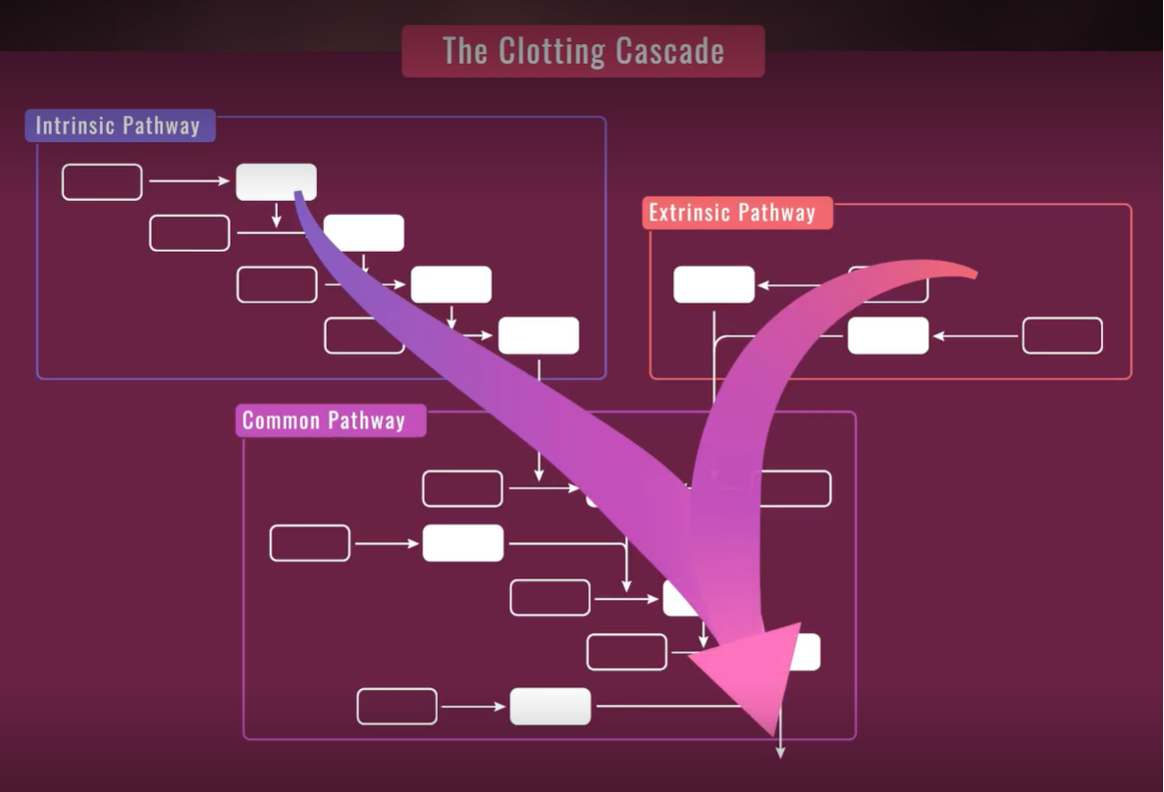
Intrinsic pathway: It all starts with factor 11(XI). All the things we need are right there "inside" our blood. That's why we call it "intrinsic," which means "from within." This step guides us to the next part, which we call the common pathway.
Extrinsic pathway: This pathway begins when tissue factor or factor 3(III) is exposed because of bleeding. Tissue factor is found "outside" of the blood. That's why we call this pathway "extrinsic," which means "from the outside." Just like the intrinsic pathway, this pathway also leads to the next part, which we call the common pathway.
Common pathway: This pathway starts when something in either the intrinsic or extrinsic pathways activates factor 10(X). It finishes when the blood clot is strong and doesn't fall apart. This is how your body stops bleeding.
Learn how the Body Stops Bleeding
Now, let's see how all these parts work together to stop bleeding. In the extrinsic pathway, when you bleed, a protein named tissue factor shows up. Tissue factor activates factor 7(VII). When factor 7(VII) is activated, it then activates factor 10(X) and this is how the common pathway begins.
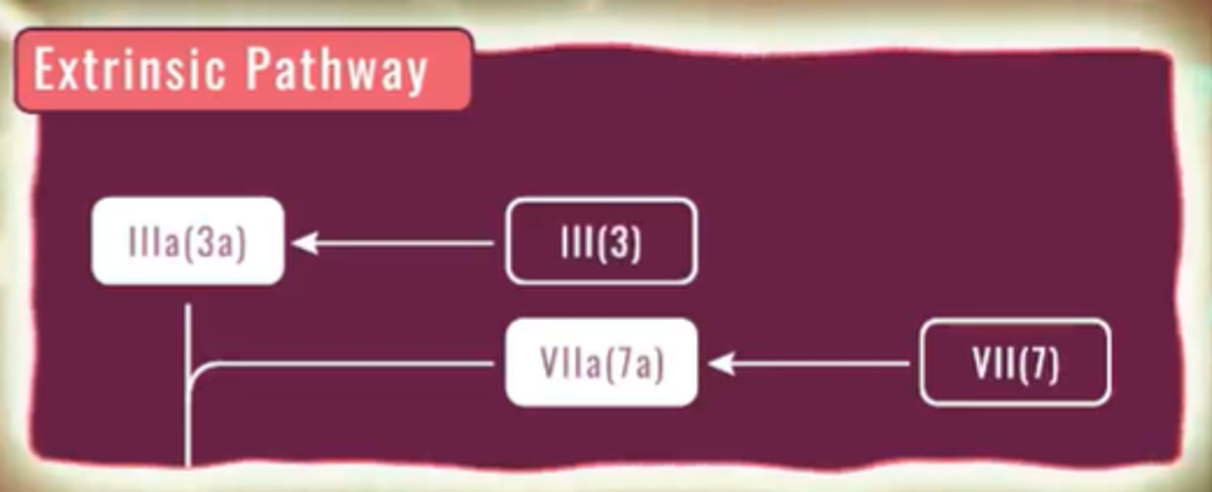
The second way to start the common pathway is through the intrinsic pathway. When you have an injury or bleed, factor 11(XI) is activated. Once activated, factor 11(XI) then activates factor 9(IX). Once factor 9(IX) is activated, it joins with activated factor 8(VIII), and together, they activate factor 10(X). And just like that, we're back at the common pathway again.
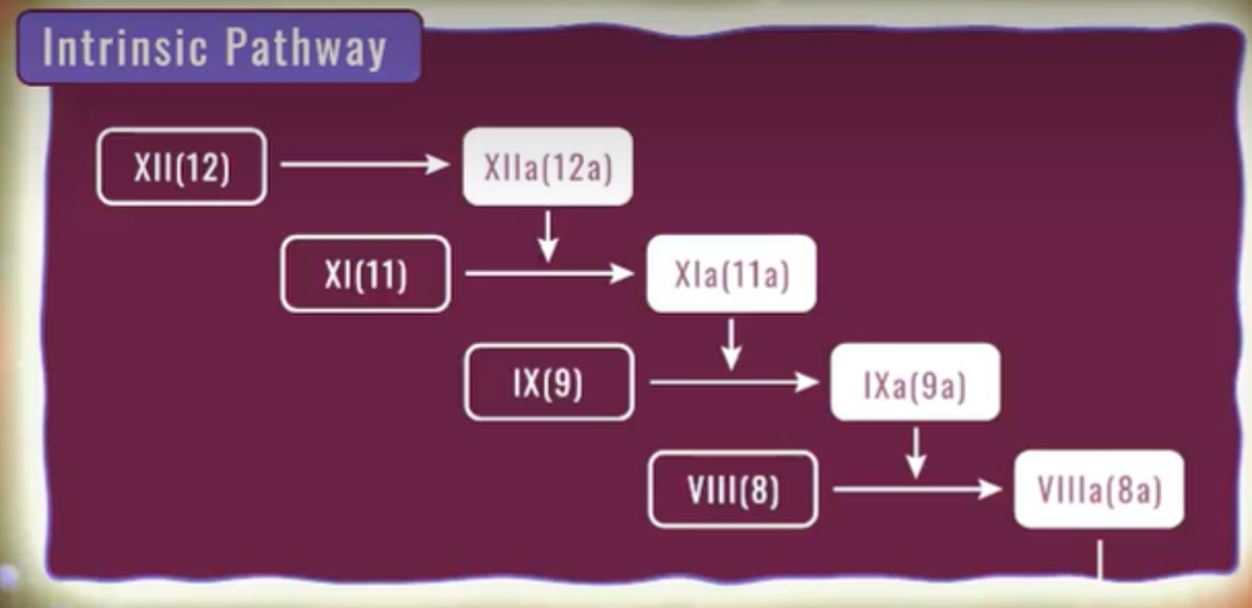
Once the common pathway starts, either from the extrinsic pathway or intrinsic pathway, activated factor 10(X) joins with activated factor 5(V). Together, these factors change factor 2(II) (prothrombin) into thrombin.
Thrombin then changes factor 1(I) (fibrinogen) into a sticky stuff called fibrin, which helps your body make a strong clot. Factor 13(XIII) is activated and helps make a net-like structure to keep the blood clot in its place.
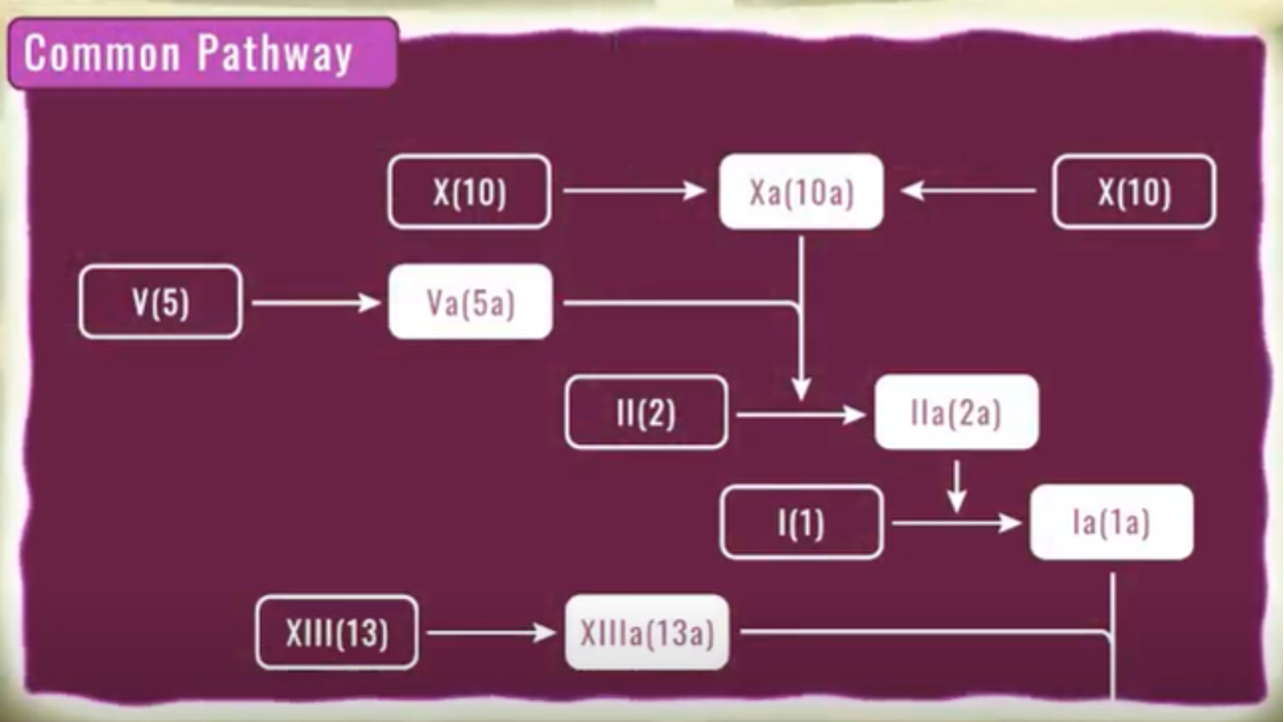
The National Bleeding Disorders Foundation would like to thank Sanofi for their generous support and partnership of this project.
